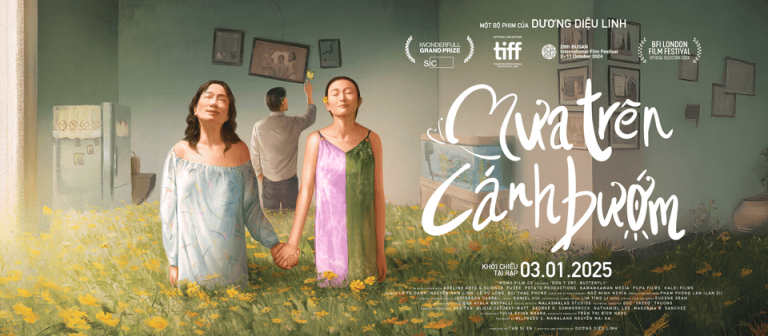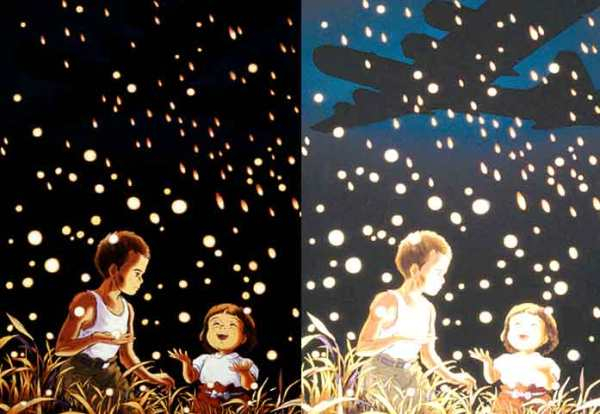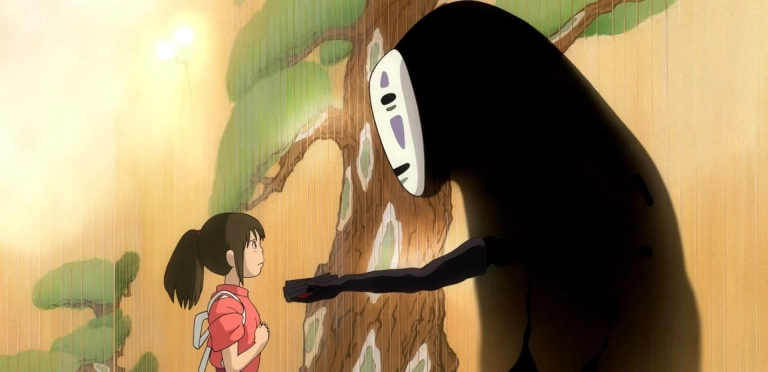It was a Saturday afternoon when I woke up surrounded by an overwhelming sense of emptiness. For the past two months, I’ve been carrying this deep void inside me. It’s been a time of wandering aimlessly, lingering alone, snapping photos of things that catch my eye. And it was during one of those moments that I stumbled upon the film “Kon’ya romansu gekijô de” at the Japanese Film Festival.
I made up my mind to buy a single ticket and go watch it by myself that Saturday evening. As I stepped out of the house, a sudden rain began to fall. Dark clouds blanketed the sky. I grabbed my Minolta camera, threw on a raincoat, and headed out the door.
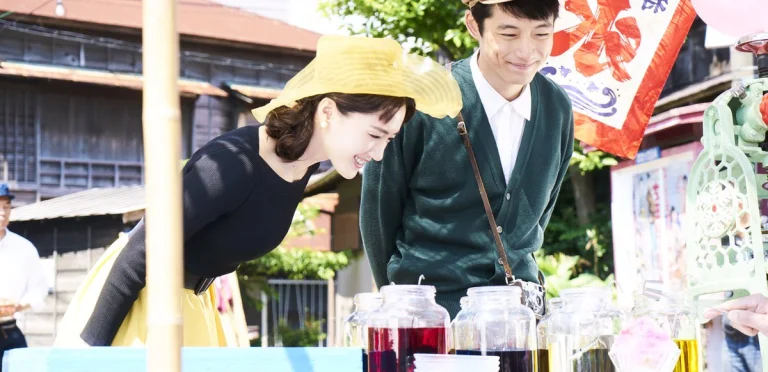
I fell in love with “Kon’ya romansu gekijô de.” The movie goes by many names. The National Cinema Center chose “Color Me True,” a translation of its English title. On IMDb, it’s listed as “Tonight, at the Movie,” but the most fitting translation from the Japanese—and the one that resonates deepest—is “Tonight, at the Romance Theater.”
In my quiet emptiness, I felt like “Kon’ya romansu gekijô de” was made just for me. The film is beautiful—more beautiful than I’d expected from the trailer. It’s stunning in its visuals, its actors, and its story.
But it’s also sad. A sadness born of loneliness and the melancholy of love.
The story of “Kon’ya romansu gekijô de” begins with Kenji, a young assistant director—a title that sounds grand but mostly involves running errands for the film crew. He spends his days rewatching an old movie at the Romance Theater, a black-and-white classic about a rebellious, spirited princess named Miyuki, long forgotten by the world. Then one day, someone decides to buy the film. Kenji sits down to watch it one last time, feeling lost at the thought of never seeing Miyuki again. What he doesn’t realize is that, even within her film world, Miyuki is watching him too, grieving the idea that he’ll no longer look her way.
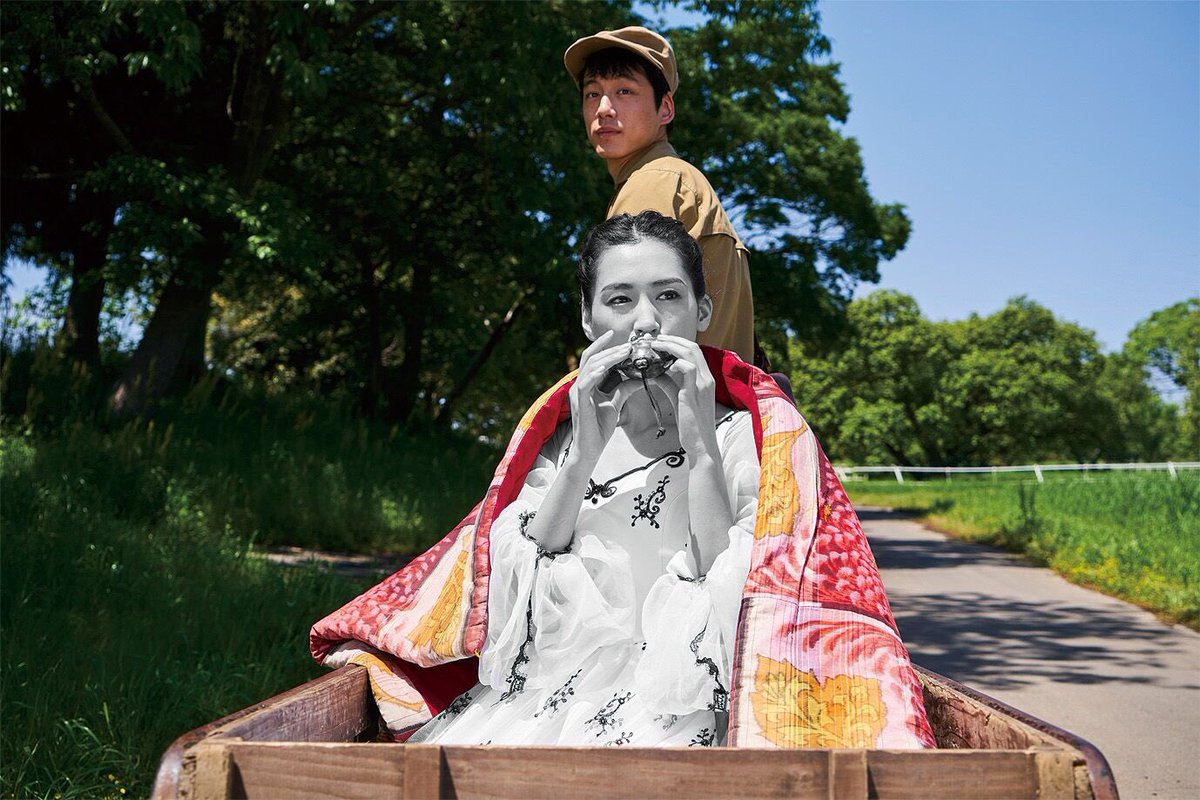
A glitch happens—the theater loses power. When the lights flicker back on, Kenji is stunned to see the black-and-white Miyuki standing before him in the flesh. From there unfolds a love story that’s equal parts funny, romantic, and fraught with obstacles.
Why do I adore “Kon’ya romansu gekijô de” so much? Is it because I’ve been too lonely? Back in the day, I always had a soft spot for fictional characters. They have distinct personalities, they’re there to admire, and best of all, they’re not real—so they don’t belong to anyone, they don’t betray you, and they don’t break your heart. I’ve loved Éponine from Les Misérables, Fumiko from Thousand Cranes, Harley Quinn from DC Comics, Clare from Claymore, Kazuha from Conan, Violet Parr from The Incred確保… One of my all-time favorite romantic films, Ruby Sparks, is about a writer who meets a girl he created in his own story.
Later, I met someone special, and for a while, my entire world shrank to just the two of us. After what felt like an eternity together—an eternity I thought would stretch on forever—she left. My world crumbled. I slipped back into loneliness and emptiness, a hollow ache that dried up my soul. And that’s when I turned back to my love for objects and fictional characters.
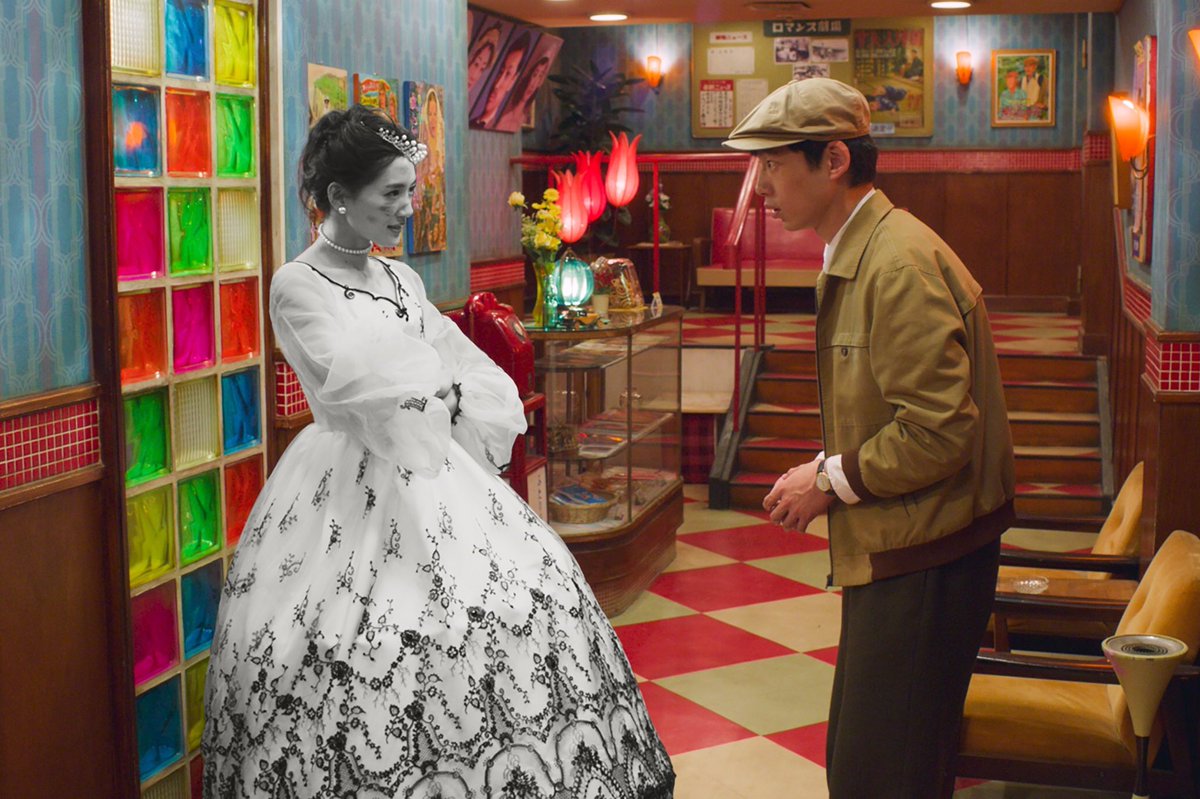
These days, I’ve been reading Japanese literature (Ryunosuke Akutagawa, Banana Yoshimoto), listening to Japanese music (Lily Chou-Chou), shooting with a Japanese camera (Minolta) loaded with Japanese film (Fujifilm), and now watching a Japanese movie (“Kon’ya romansu gekijô de”). I think Japanese art and culture are resonating with my heart, especially after it shattered.
“Kon’ya romansu gekijô de” struck me with the way Kenji gazes at Princess Miyuki on the screen. The way he sits alone in an empty theater, watching that black-and-white film and smiling to himself.
It touched me through the star-crossed, challenging love story of these two souls. It’s a romance so beautiful it’s unreal, so foolish it’s unbelievable, yet so sad and moving it defies imagination. It’s a game of red, green fireflies, and a seven-colored rainbow. It’s why Princess Miyuki steps out into the real world: to meet the man who watches her every day. It’s the hand-holding through a handkerchief, two people from different worlds unable to truly touch. It’s the undying love between a fleeting human and a fictional character frozen in time. And it’s those final frames, where Kenji crafts his own happy ending: the two of them stepping into the world of the screen. A black-and-white world with just one red rose. And when Miyuki touches the rose Kenji gives her, that monochrome screen bursts into vibrant color.
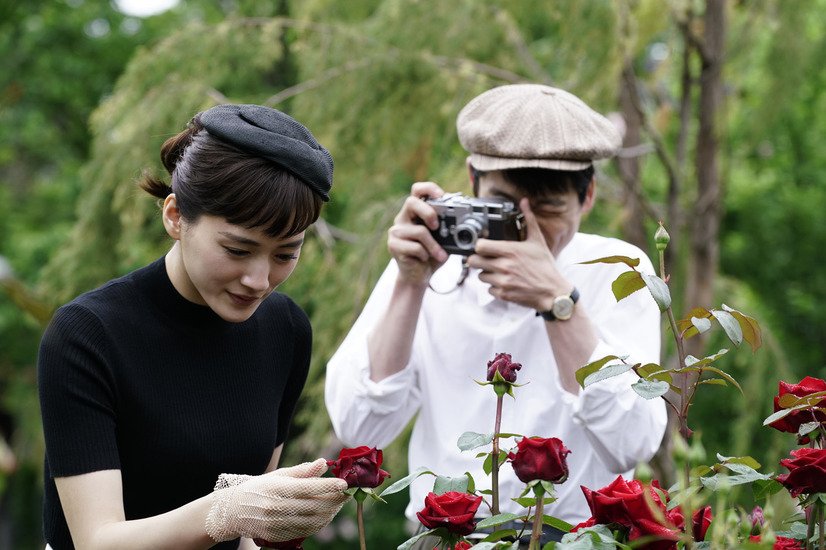
Even with its happy ending, I still felt a wistful sadness woven through the film. As the credits rolled, I was brought back to reality—alone again amidst the crowd outside the theater. When a beautiful love story ends, it’s like a movie fading to black. It leaves behind a pang of regret and a lingering sorrow.
I walked out of the theater. Night had fallen. An autumn breeze blew through. The rain had stopped, leaving only puddles on the street, shimmering with the reflections of streetlights. I wandered through the glowing city, peering at the bokeh lights through the mirrored lens of my Minolta.
It was a rainy Saturday—a rain that fell both outside and within the film. I went to see “Kon’ya romansu gekijô de” alone, and afterward, I roamed the streets alone.
Like a girl stepping out of the screen at the exact moment my emotions aligned, “Kon’ya romansu gekijô de” left a mark on my heart—one that I suspect will linger for a long time to come.



